It was a bright, chilly Saturday morning in the East Village when, for the first time, I crossed the threshold of a teeny vintage boutique that felt like the East Village’s own secret fashion history museum. And from that moment, I was reminded that vintage isn’t just a style; it’s a living narrative. Those moments spent rummaging between racks of couture and cost-conscious pieces alike are forever etched in my brain.
My hands ran across the surfaces of too many jackets to count, the individual stories of their past too faint to make an impression on my memory. But a few finds stand out: a stunning, ’90s-era Yves Saint Laurent blazer that somehow manages to be an unbroken balance of both forward and backward design; a midnight-blue wool trench coat from the ’70s that just might be the most stylish thing I’ve ever worn. I went to a vintage market in Williamsburg later that week.
The energy there was as eclectic as the collection of pieces on display. Among the crowd, I met a vendor whose family had been in the fashion business since the 1950s. He showed me a pair of classic Christian Dior trousers that had been preserved impeccably.
The cut and the quality of the fabric made it apparent that this was from an era when craftsmanship was king. In the midst of lively conversations about authenticity and quality, it was clear that every garment had the potential to rehash a chapter of fashion history. Designers like Marc Jacobs and Ralph Lauren have long taken their cues from these vintage treasures, reinterpreting them for modern audiences.
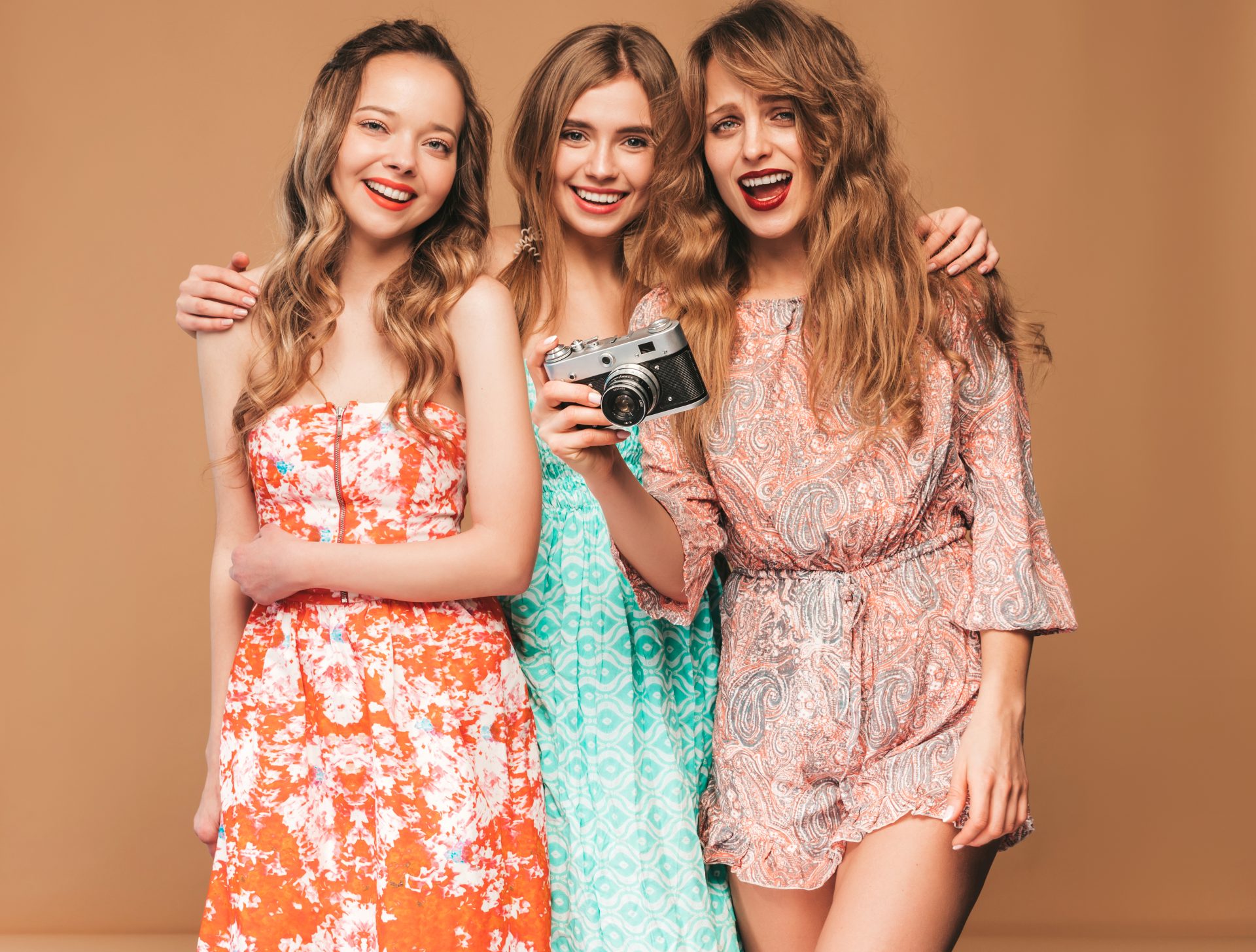
Their most recent collections, featuring reimagined vintage prints, retro shapes, and old-fashioned silhouettes, serve as a bridge between what was and what is, proving that nostalgia can be both an aesthetic and a powerful statement. My own expedition into vintage fashion took me to a popular Malibu flea market, where I came across a handful of necklaces and some jewelry that looked like it may have had a 1960s kind of moment. I asked Mia, the local influencer who serves as my guide, what she thought.
“These pieces are really beautiful,” she said, “but be careful; unless you’re going for something really costumy, you might not want to wear them as-is. I think we’d want to modernize these a bit first.” That moment with Mia taught me that even vintage fashion needs to be tailored to the whims of today’s hustle for personal aesthetic. It also underscored to me that until very recently, the conversation around vintage fashion has rarely been a part of the much-seeded narrative of the fashion industry.
The recent charity gala in New York demonstrated quite clearly that vintage will always hold a certain allure. A celebrated actress arrived in a vintage gown so rare and remarkable that it might have been too daring for any designer not directly inspired by the kind of sustainable practices and far-right feminist principles that designer Claire McKinney is known for. She restored the gown, a vintage piece by Givenchy, to such stunning effect that it spoke, more than anything, to the fashion legacy that the actress was momentarily embodying at the gala.
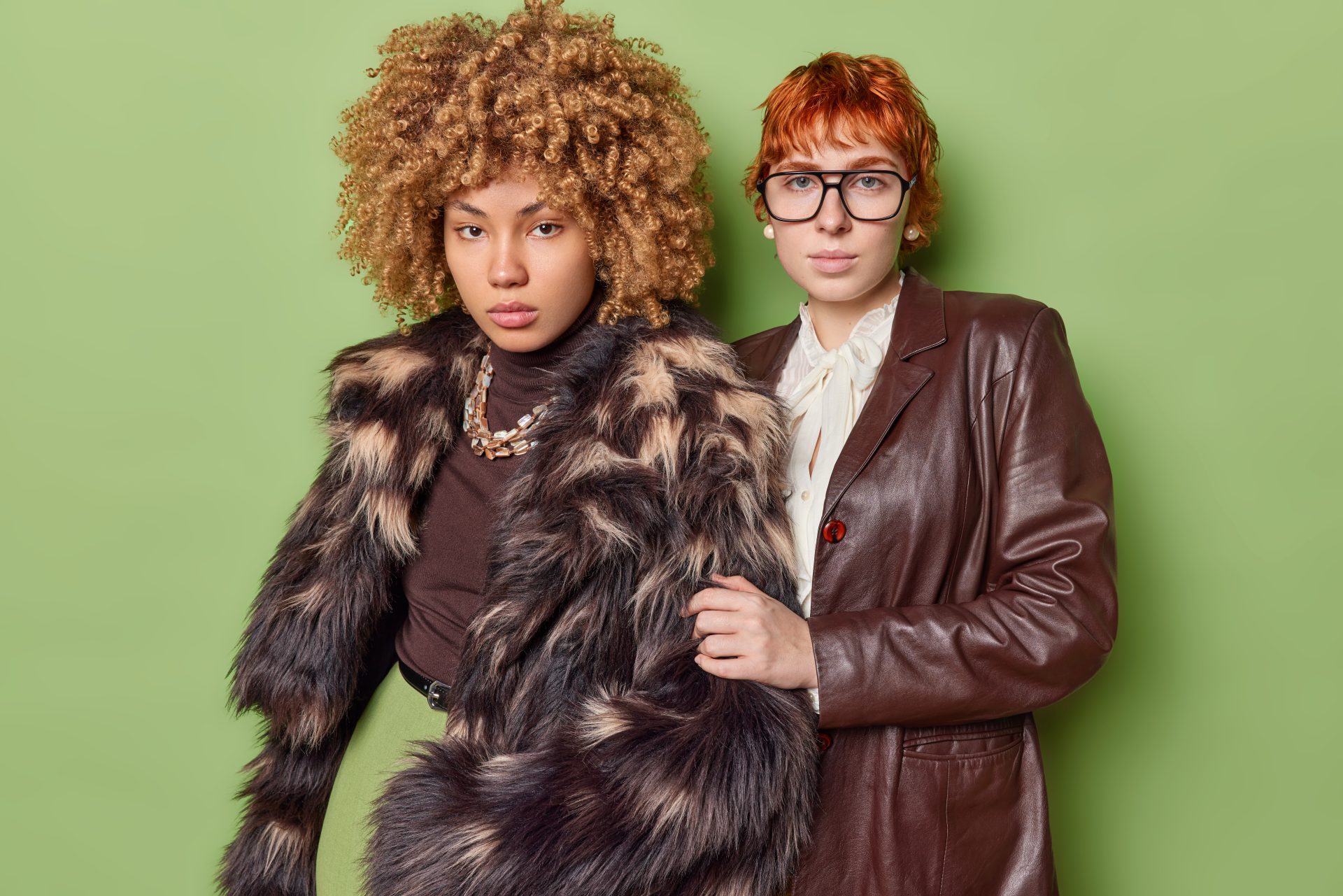
The gown’s silhouette and detailing, so far beyond the average construction of a costume for an event like this, then begged the question: What was the last truly revolutionary moment in fashion? I also got the opportunity to visit a celebrated vintage emporium in the West Village. The place has become a shrine for the fashion who and who, a must-visit for anyone in the industry, and certainly for anyone who aspires to be in it.
There, between the racks that are not only organized but obsessively curated, and the walls that are not just covered but lined with famous fashion photographs, I happened upon a confab of young designers discussing what has become a too-urban-to-ignore resurgence of vintage aesthetics in today’s collections. One of these designers, whose work haunts the pages of both Vogue and that other girl’s Bible, Harper’s Bazaar, talked up how the vintage fabrics and designs that she now not only seeks but reveres as a goddess of true-to-life sustainability inspire her not just to design but to dream eco-conscious collections. Whenever I come across a vintage treasure—maybe it’s a statement piece I find at a pop-up event or an unexpected delight tucked into a nearly forgotten boutique—I remember that it’s the tactile connection we have with these items from the past that makes them special.
One afternoon in a Parisian flea market (in the Marais district, no less!), I came across a beautifully lived-in half of a leather jacket that stood out—I could tell it wasn’t just a leather jacket but a piece of history and rebellion from the ’80s. The seller (a collector himself, with decades under his belt) told me the local rock musician who had worn the jacket was rebellious enough that I could see myself wearing this jacket in my own rebellious acts. The seller was keeping it real: This is the thrill of vintage—that and the magic of every faded logo, every scar, every place where the jacket looks like it could be worn again by a half-crazed guitar player.
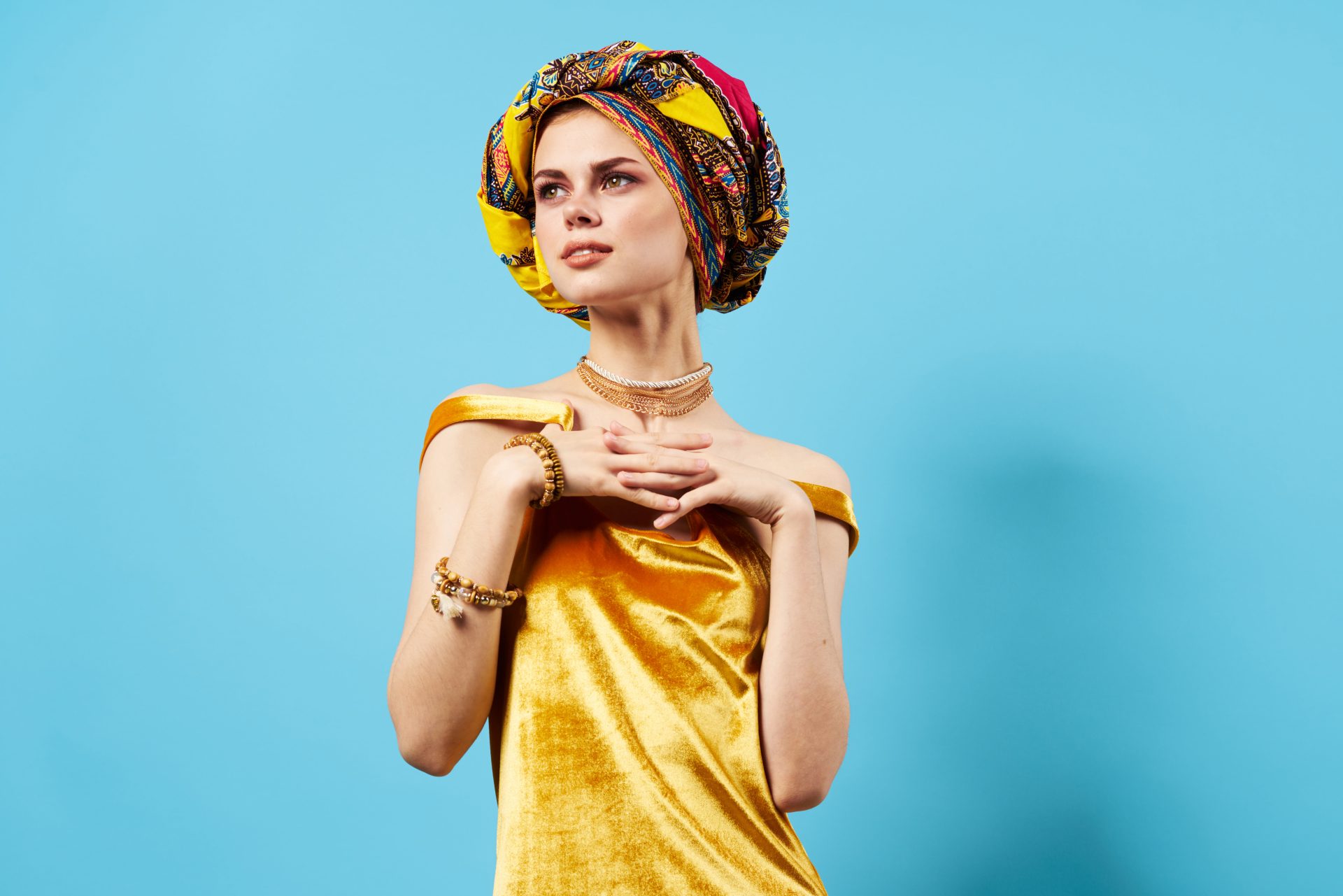
What’s truly exciting about vintage fashion is that it defies fast fashion’s relentless cycle, on which we are increasingly finding ourselves trapped. It tells us to stop and think. Not just about what we’re wearing right now, but also about what constitutes style in a world where trends often come and go in the blink of an eye.
It has us pondering the effigies of perfection that fashion turned to in the past and better appreciating the vibe of imperfection that the past, plot holes and all, now offers us as we rummage through it for contemporary wearable art. And yes, vintage fashion has us thinking a lot these days about sustainability—the need for it, for what we’re doing, and for what we’re putting on our backs. The vintage revival has received an important shot in the arm from social media.
Instagram, for instance, is filled to the brim with vintage and modern aesthetics by influencers and stylists. Just recently, I attended a vintage warehouse tour in real time, led by a well-known fashion curator, who pulled looks from the ’60s and ’70s as well as some straight-up modern pieces. And here’s the thing: she had stories to tell about each and every piece, which is precisely the kind of digital narrative that has, over the last few years, made vintage fashion way more accessible and also given it a sense of renewed legitimacy.
The pieces I wear from the past don’t whisper; they shout. They announce my style in ways that defy the very nature of fast fashion and its shallow promises. They remind me that while the nature of fashion may be ephemeral, the nature of true style is anything but.
My wardrobe—part vintage, part contemporary—tells a story, one that makes me its character and gives me the illusion that I am the author of a once-upon-a-time that makes me step outside and get on with my day. The vintage fashion world is a place of colors, rich with the threads of history, culture, and the innovation that has brought us to this moment. True style is a continuous dialogue between the past and the present, and it’s one that fashion today is having with more and more intention and meaning.
As the world of fashion evolves, I remain committed to holding the world of vintage close, breathing deeply into the enigma of each piece, lost and found, and contemplating not just what vintage fashion means for us in the present but also what it signifies for our immediate future.
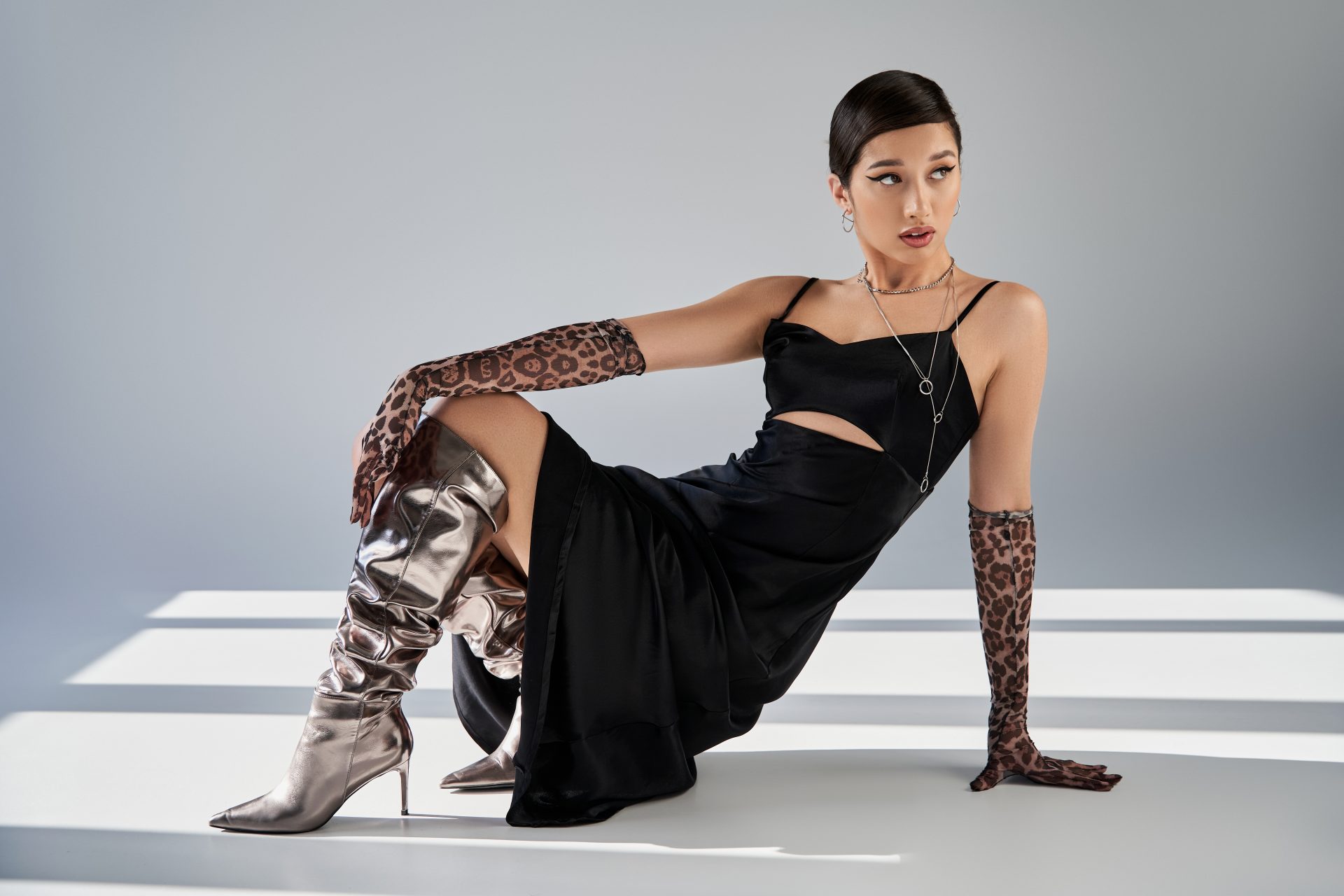
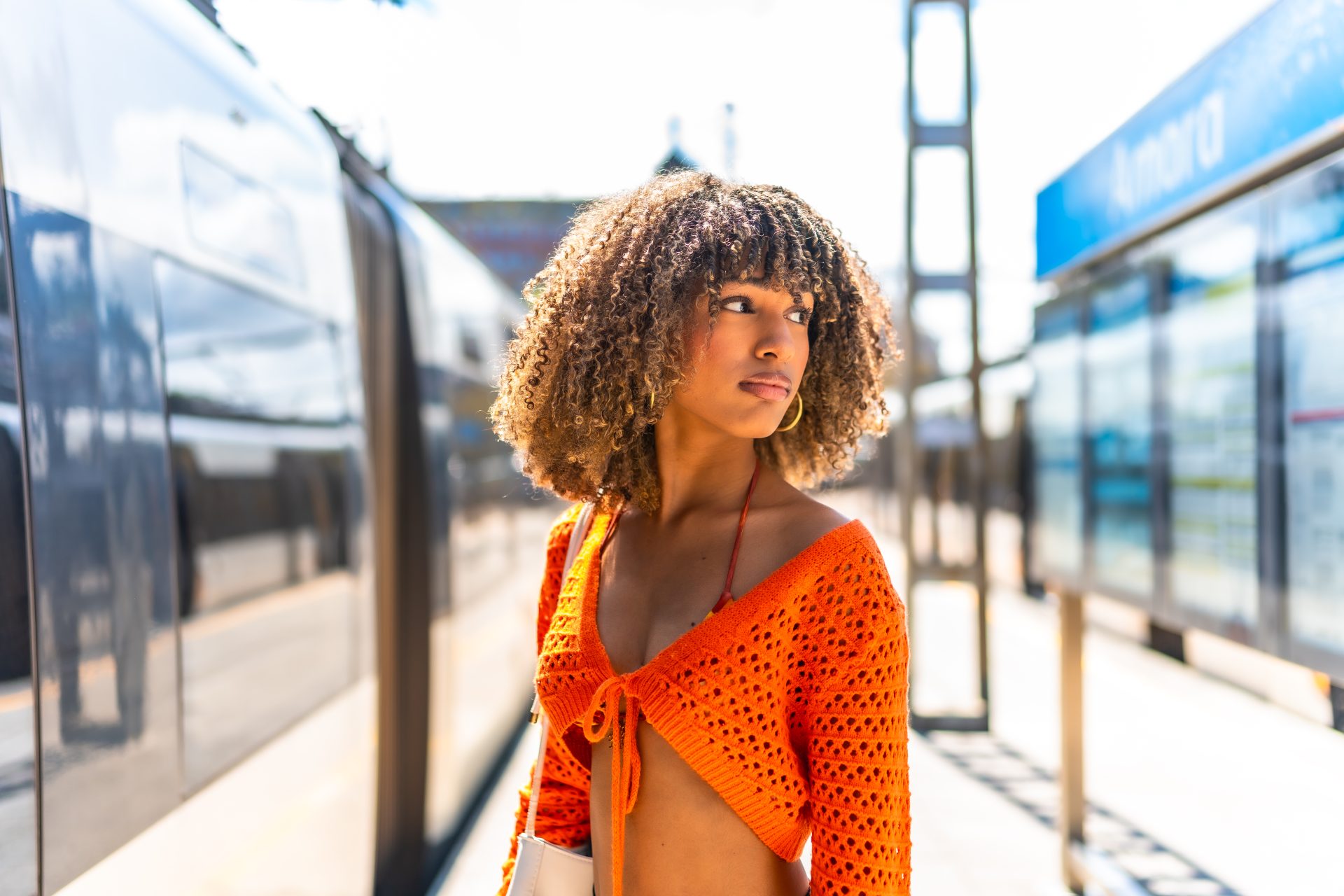

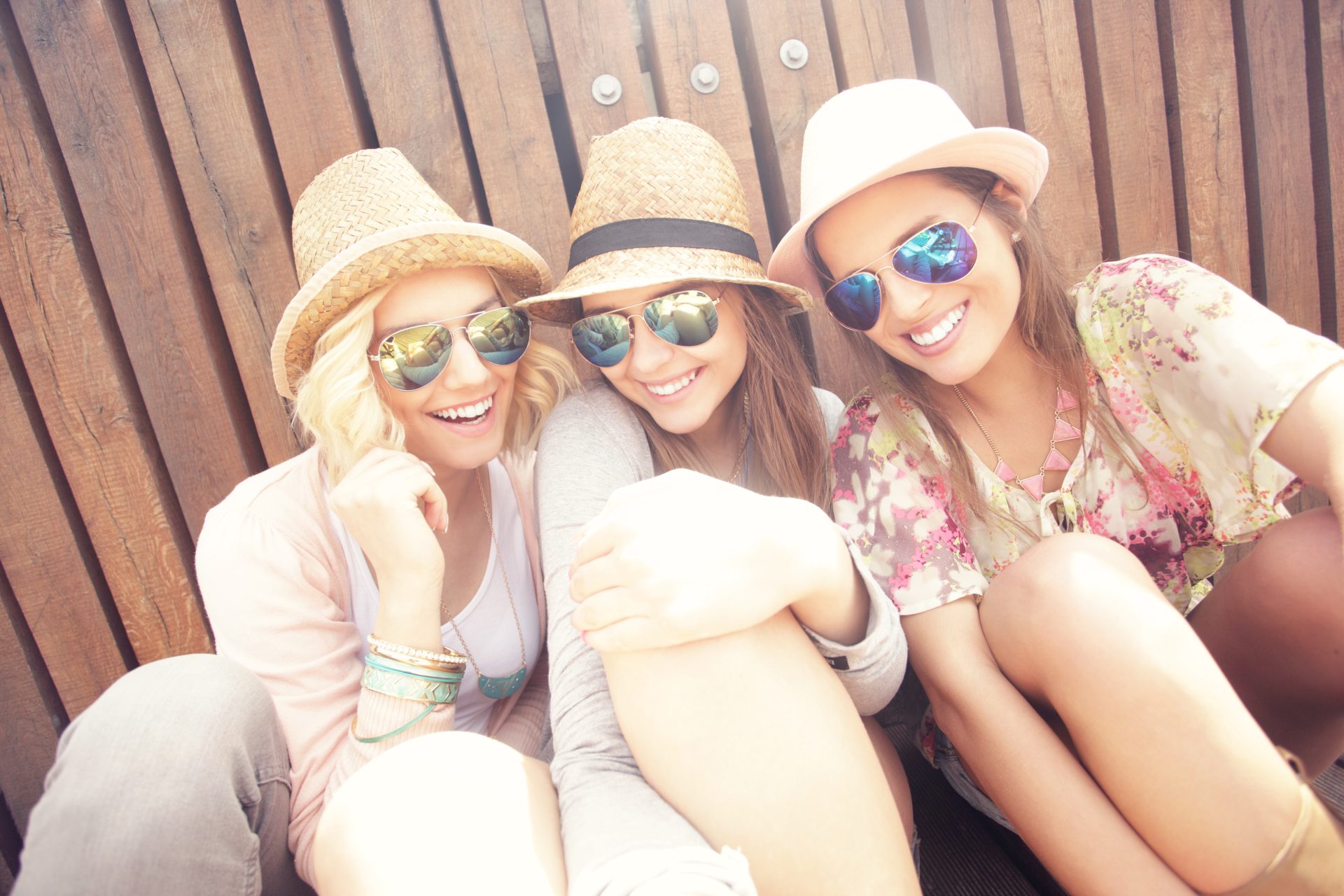
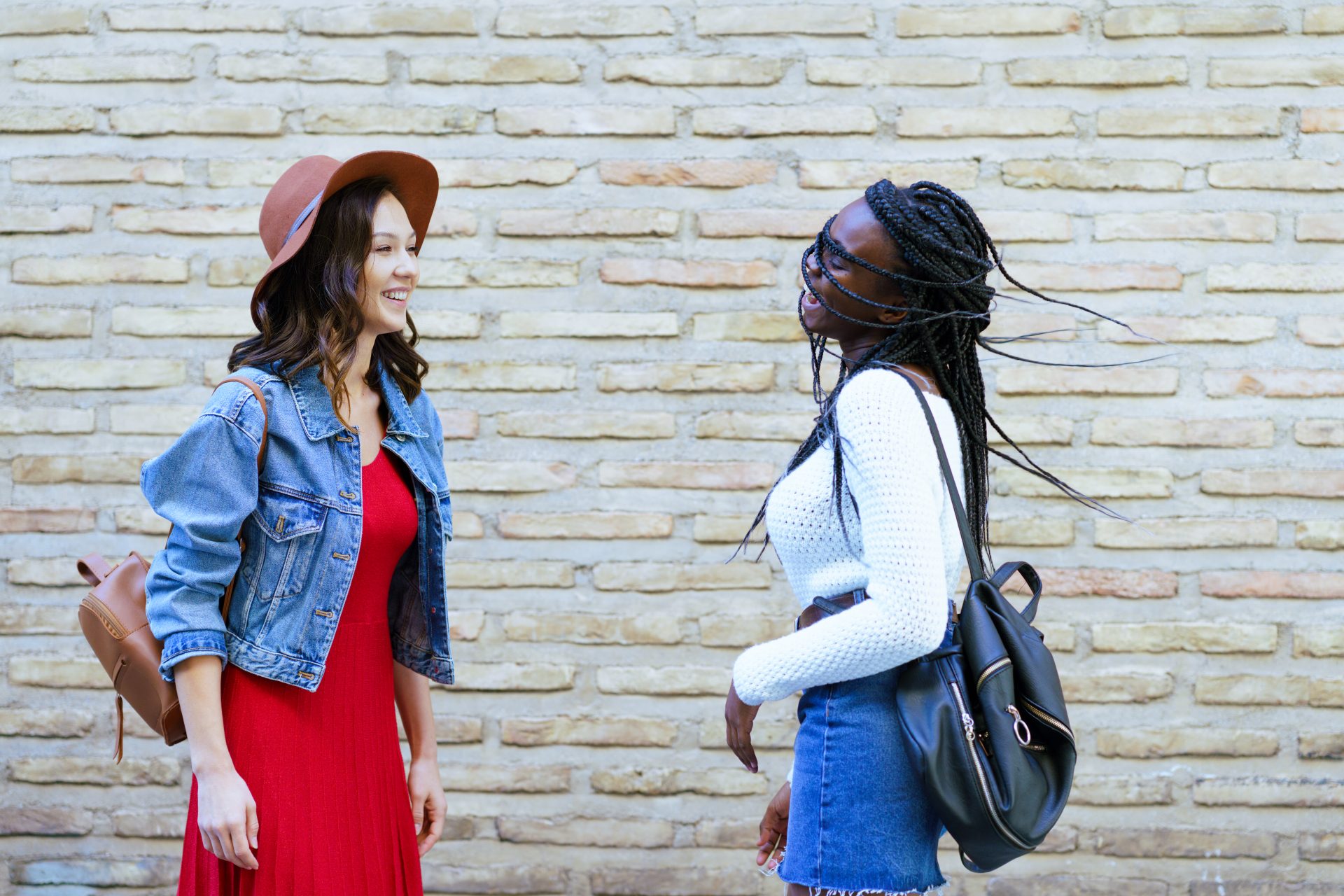
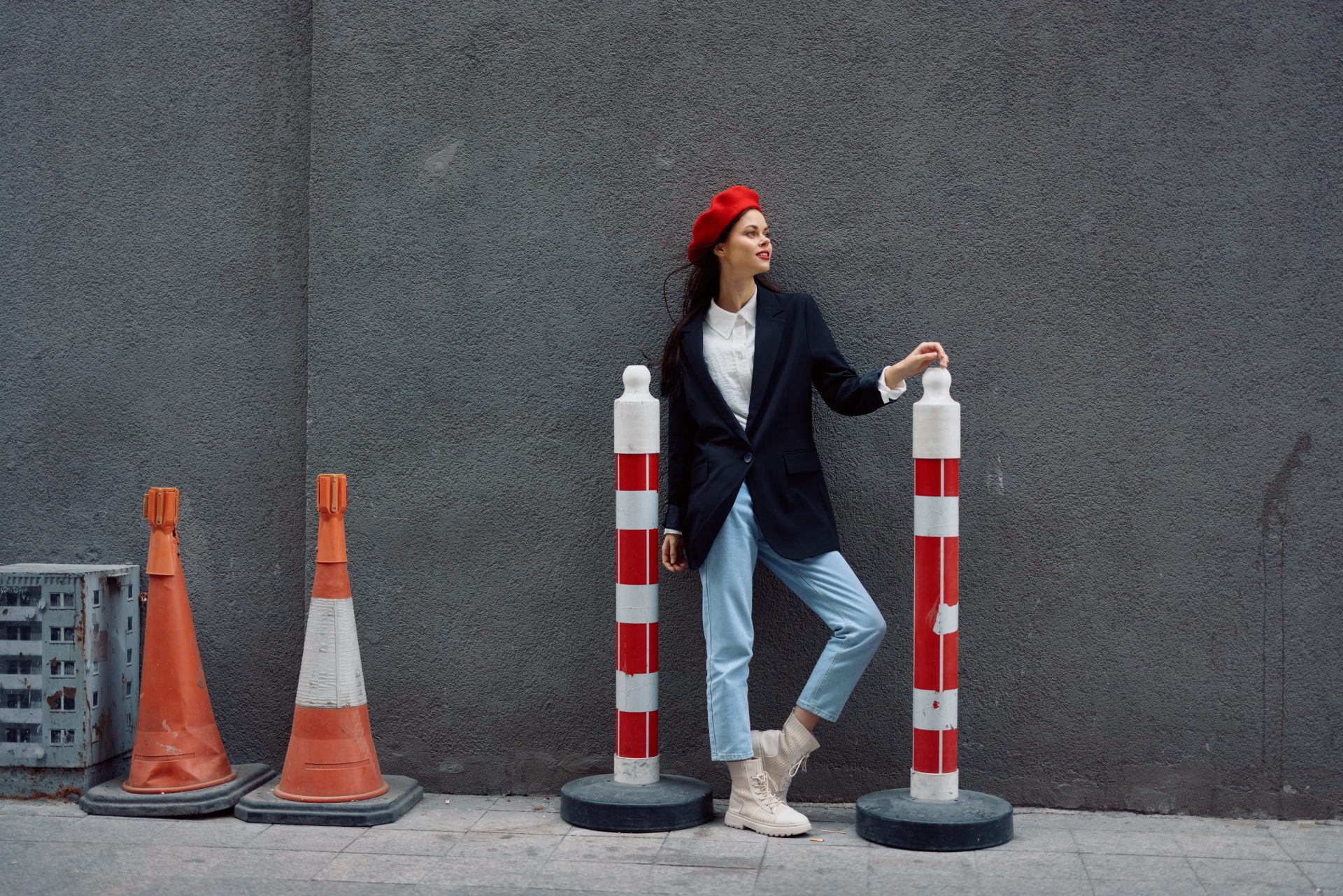
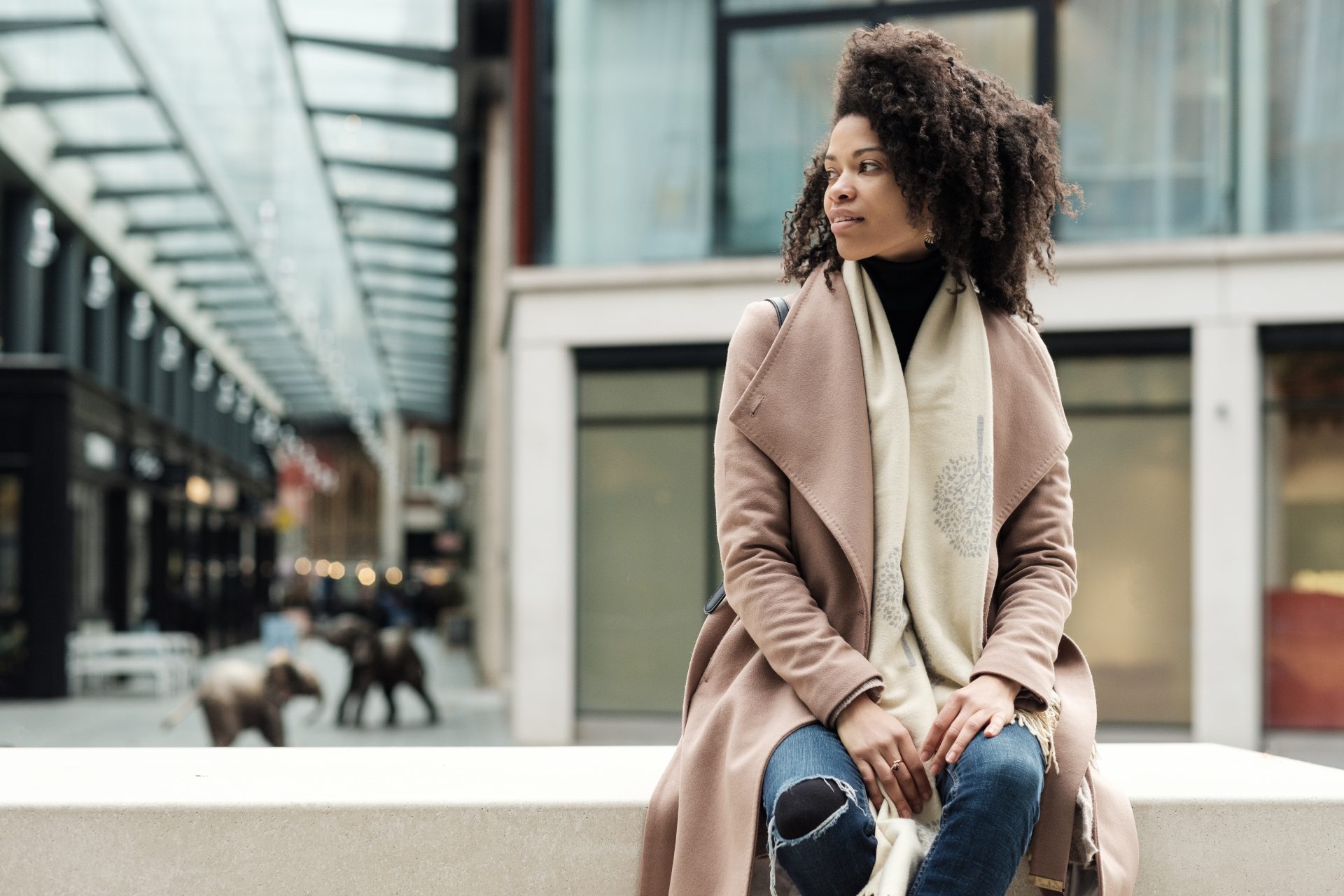

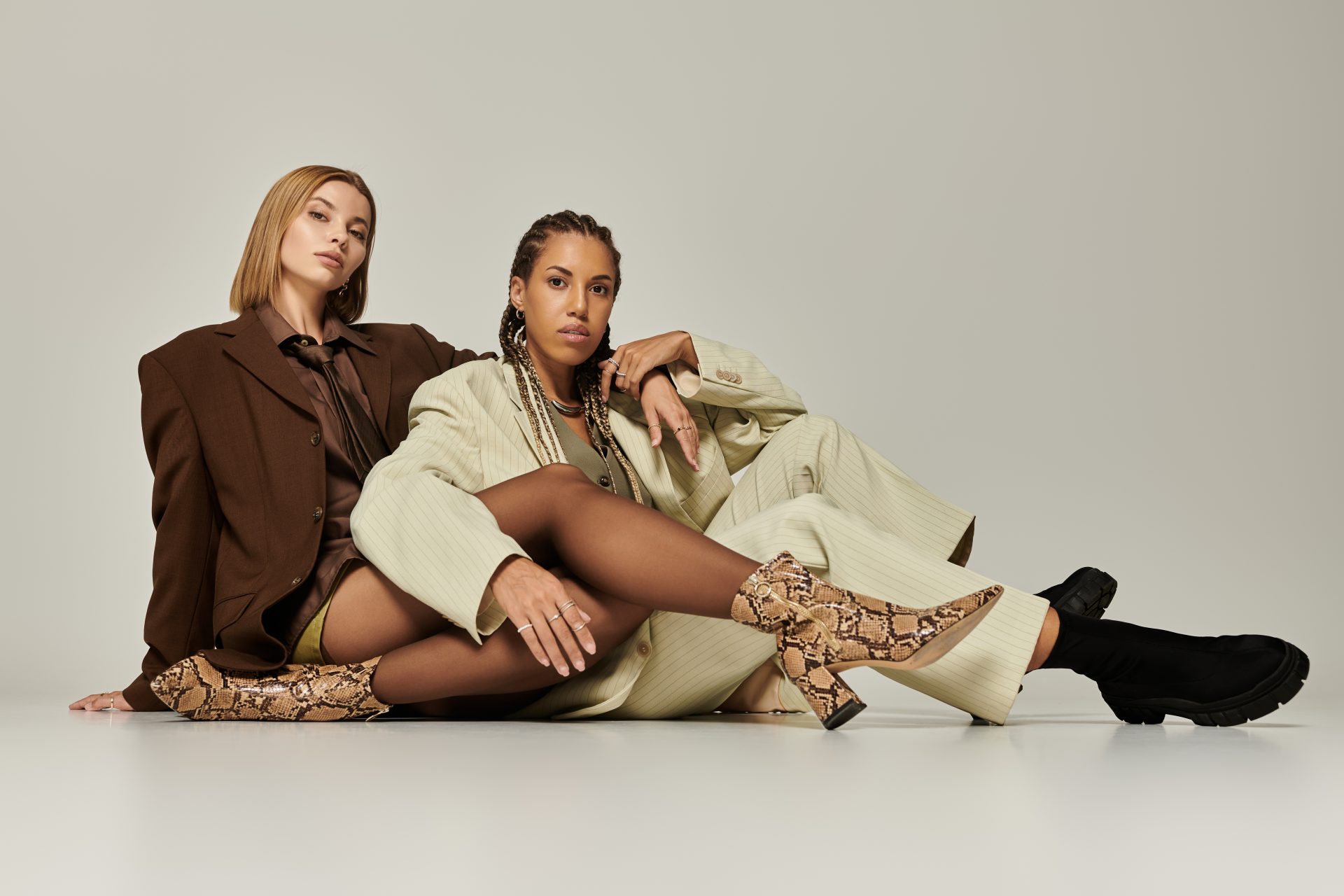

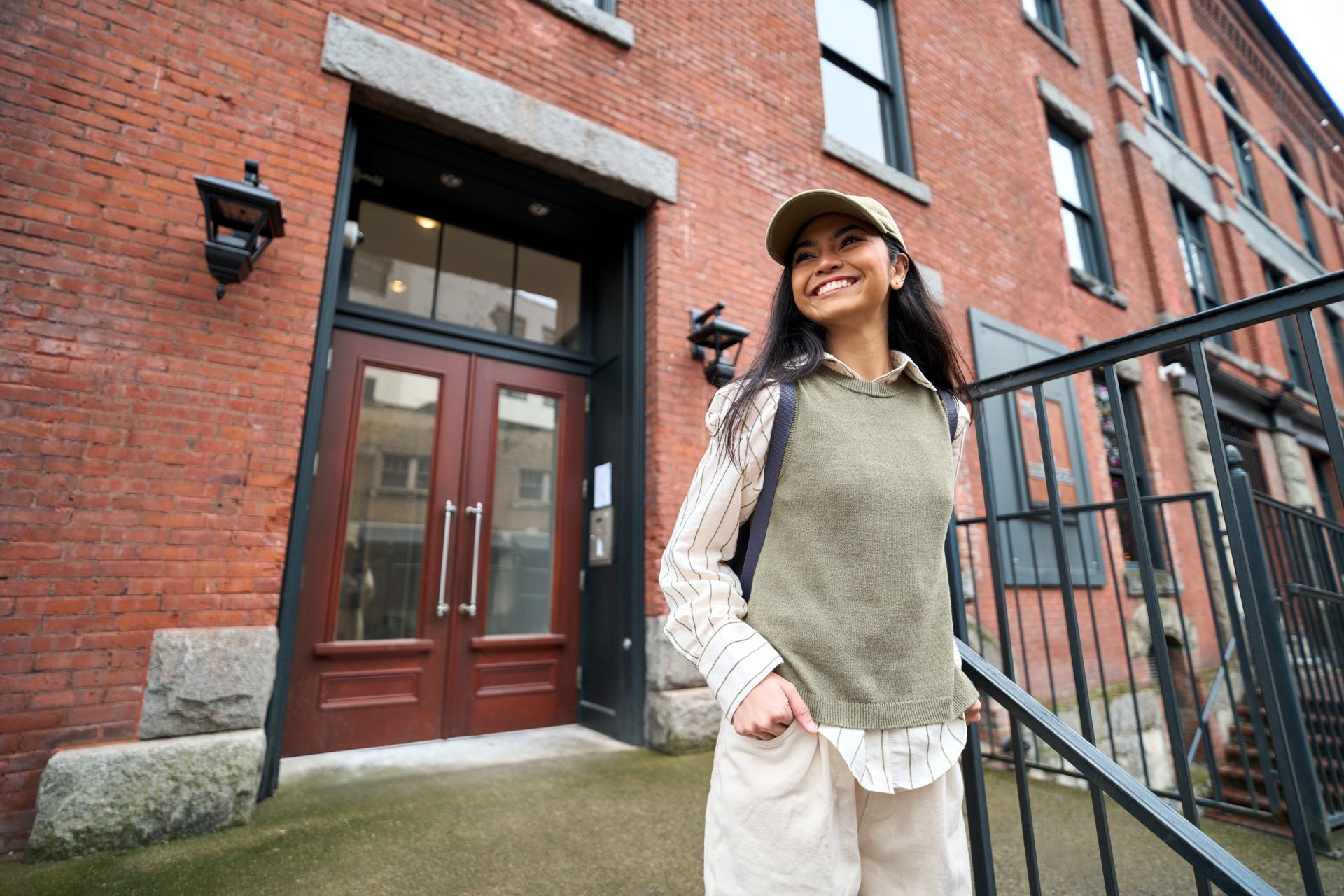
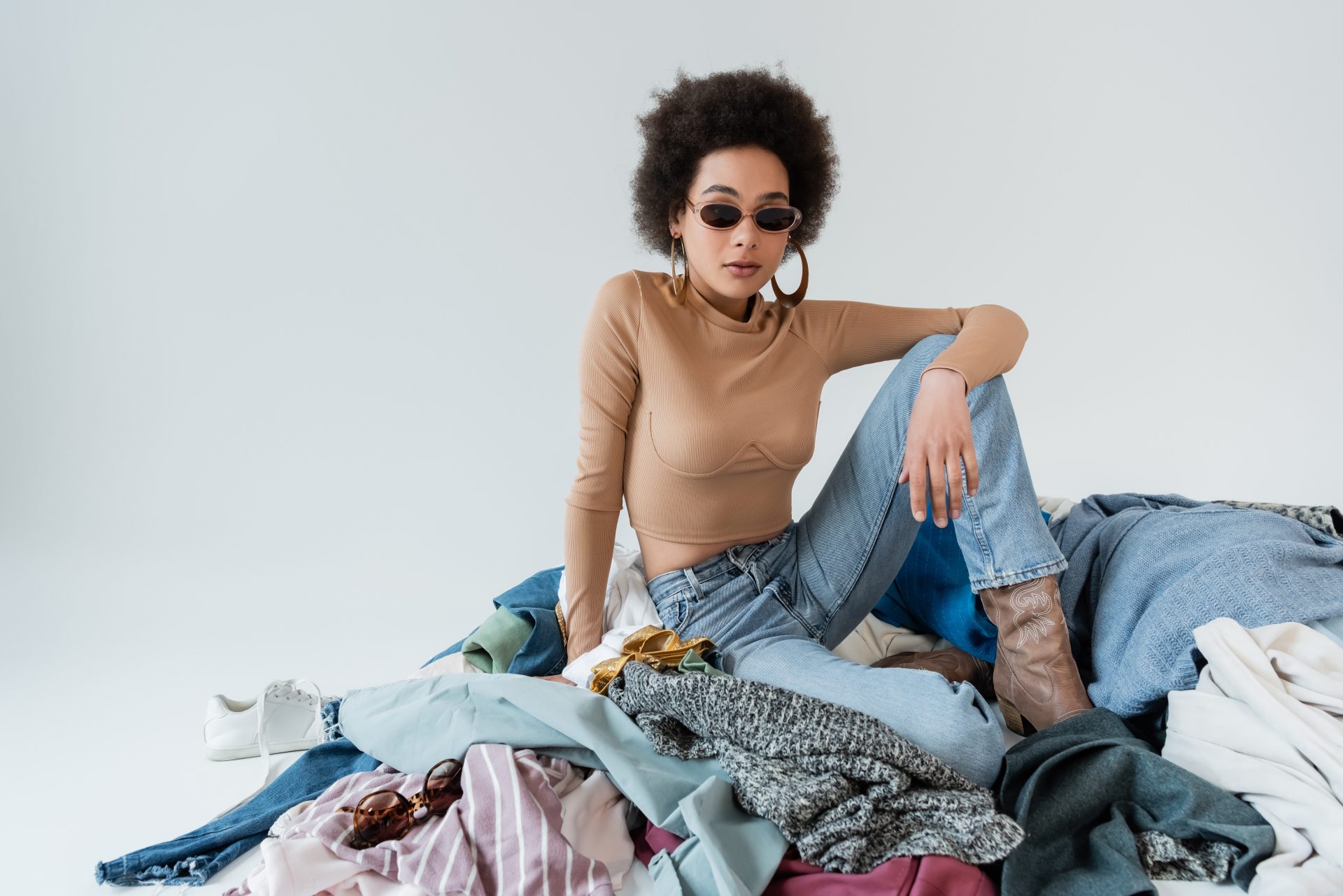
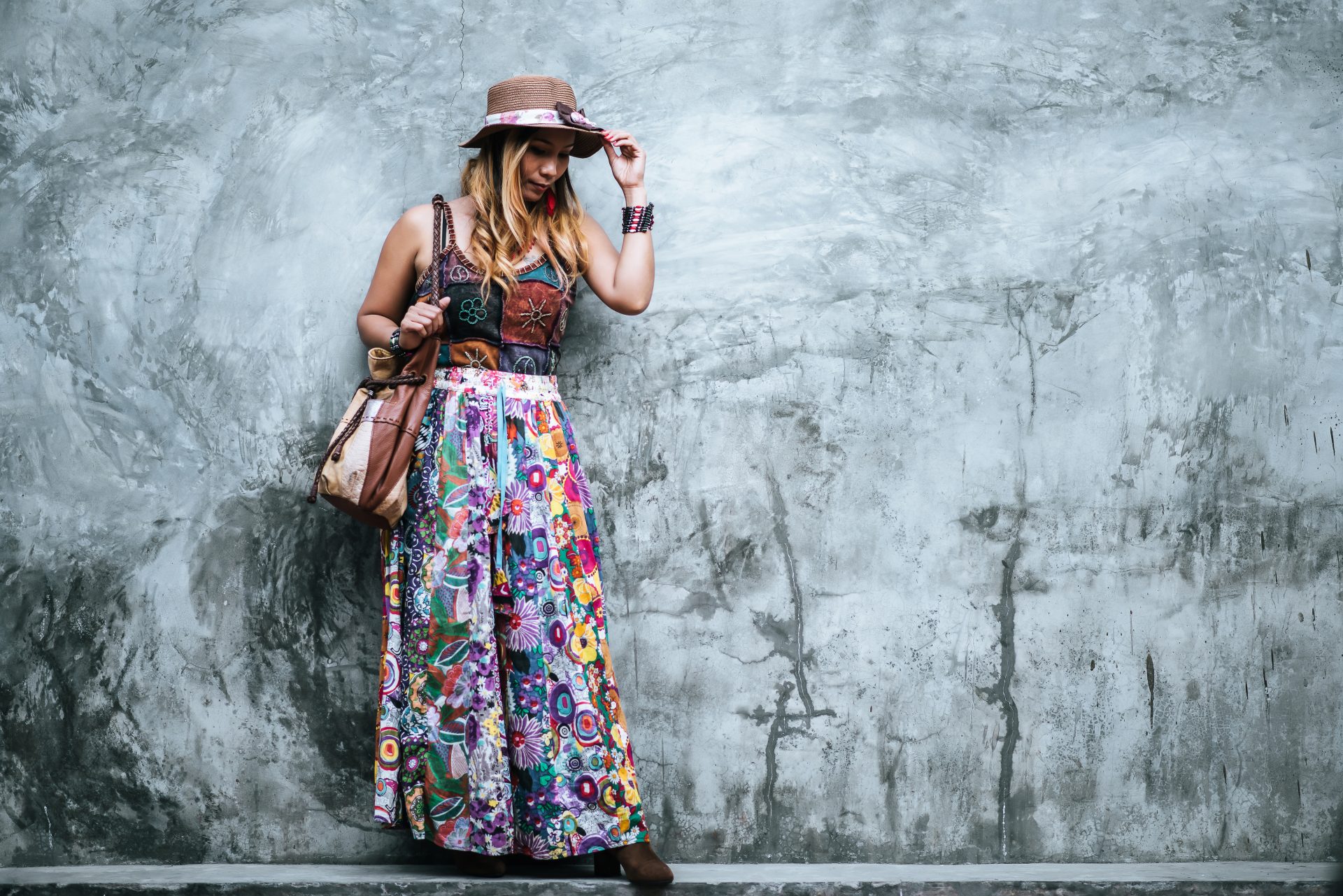
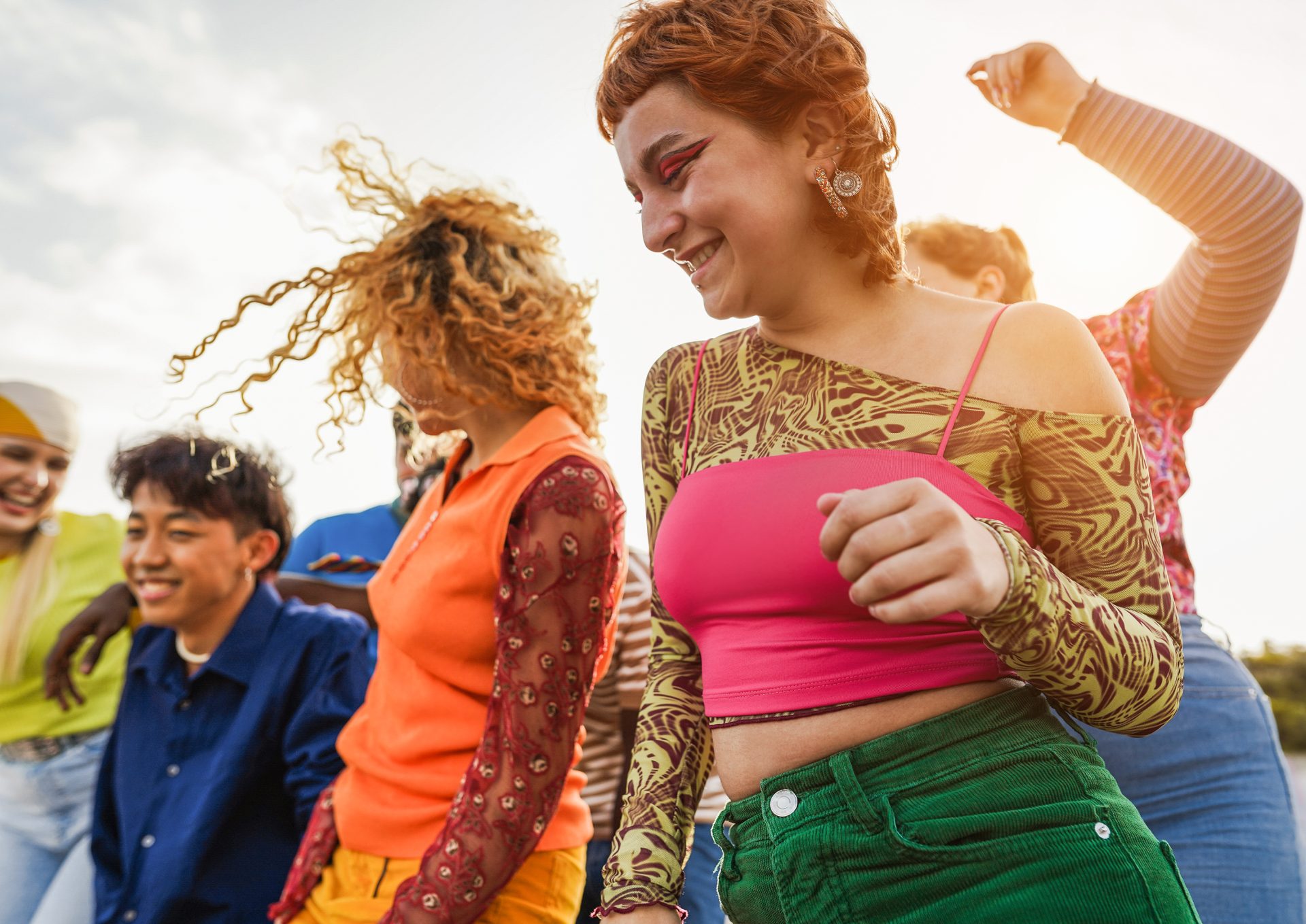

0 Comments